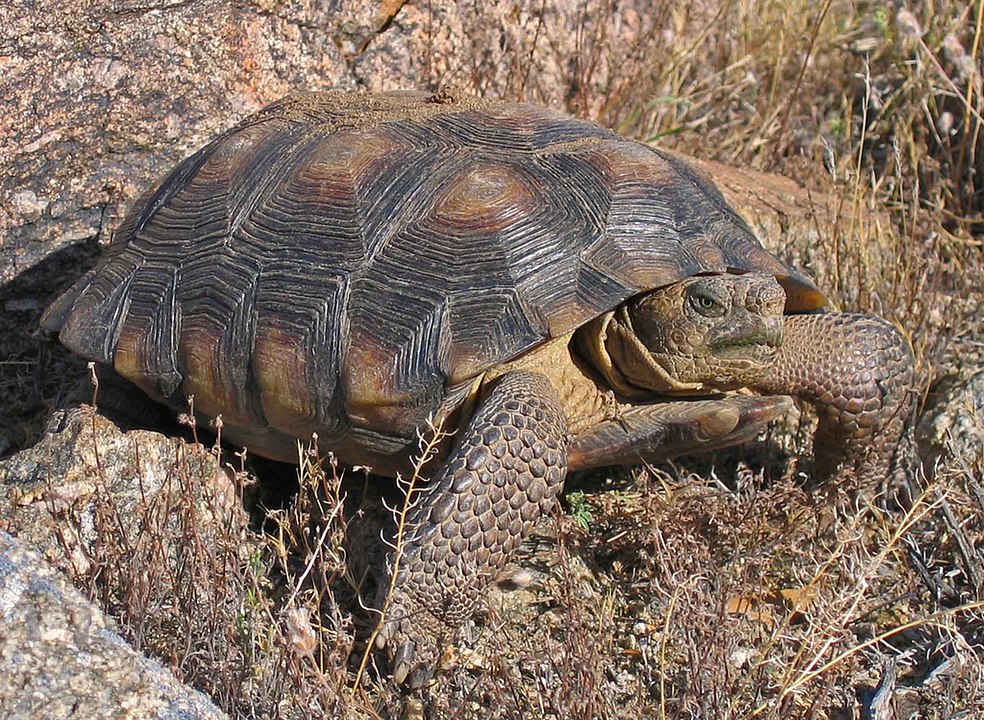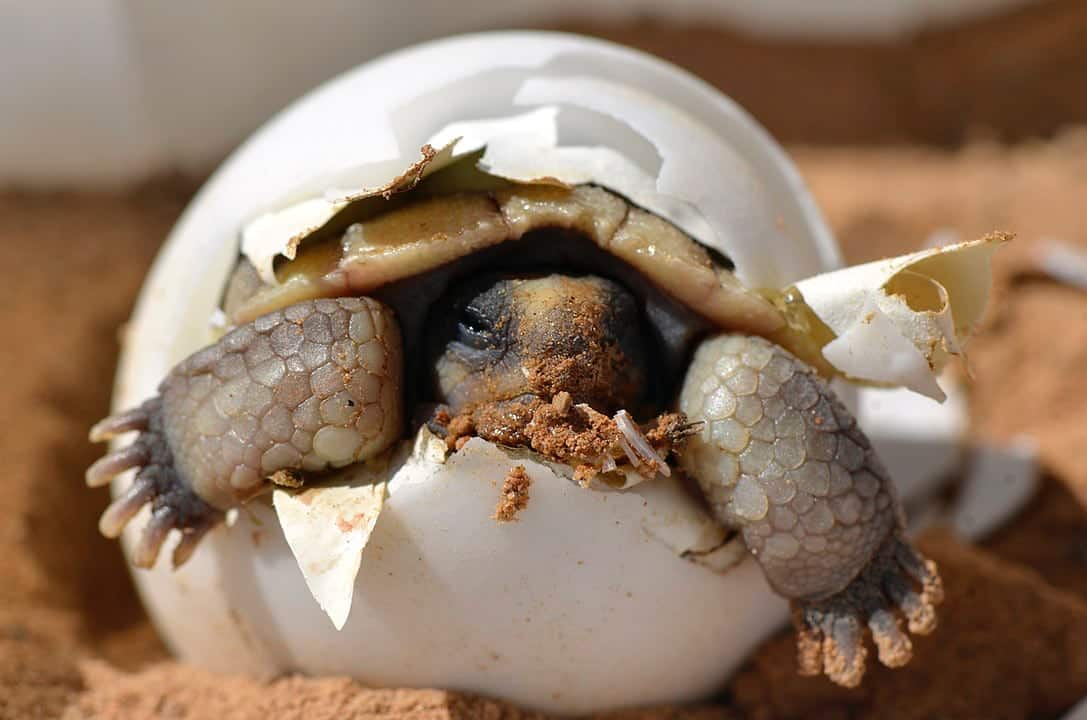Most of the Sonoran desert tortoises were seized by folks who were illegally breeding them.
If you live in the state of Arizona, and have the resources and desire to care for a Sonoran desert tortoise (Gopherus morafkai), the Arizona Game and Fish Department (AZGFD) has 200 desert tortoises of all ages and sizes up for adoption. The department holds an adoption event for prospective adoptees every year in an effort to find homes for these tortoises, the majority which were seized from people illegally breeding these tortoises.
One Tortoise Per Household
According to the department, one tortoise can be adopted per household. An additional tortoise of the same sex can be adopted provided it is kept in a separate enclosure. If the adoptee moves out of state, the tortoise must be returned to the department as federal law prohibits the transporting of this species across state lines. The tortoise remains a ward of the state, and adoptees are just providing care for the reptiles during the life of the reptile or the caregiver. Tortoises can easily outlive their caregivers, with some desert tortoises easily exceeding 80 years of age.

The Sonoran desert tortoise is threatened by invasive species, habitat fragmentation, housing developments, off-road vehicles, overgrazing, and cattle, which are known to trample and crush the tortoises in their burrows. Photo by USFWS.
Once kept in captivity, these tortoises can no longer be released back into the wild because of the potential of them developing diseases and transmitting diseases. If such a tortoise is released back into the wild, it can further infect wild populations.
Most of the tortoises the department has in its possession are from illegal breeding of the species, as it is illegal to remove them from the wild and illegal to breed them in captivity.And federal law prevents desert tortoises from being transported across state lines.
Sonoran Desert Tortoise Feeding And Diet
Sonoran Desert Tortoise Under Consideration For ESA Protections, Again
Adoption of the Sonoran desert tortoise is available only to residents of Arizona, and before completing the application, you must first read the care requirements and ensure that you have the capability to care for the reptile, which remains a ward of the state and must remain in the state of Arizona. There is no adoption fee but a $25 donation is suggested to benefit the state’s Tortoise Adoption Program.
Desert Tortoise Information
Desert tortoises range from the Mojave and Sonoran deserts in Southern California and can also be found in Arizona, Nevada, as well as in areas in Mexico. They grow to about 8 to 10 lbs. and eat mostly weeds and leafy weeds in the wild. It is speculated that more desert tortoises can be found in captivity than in the wild.



